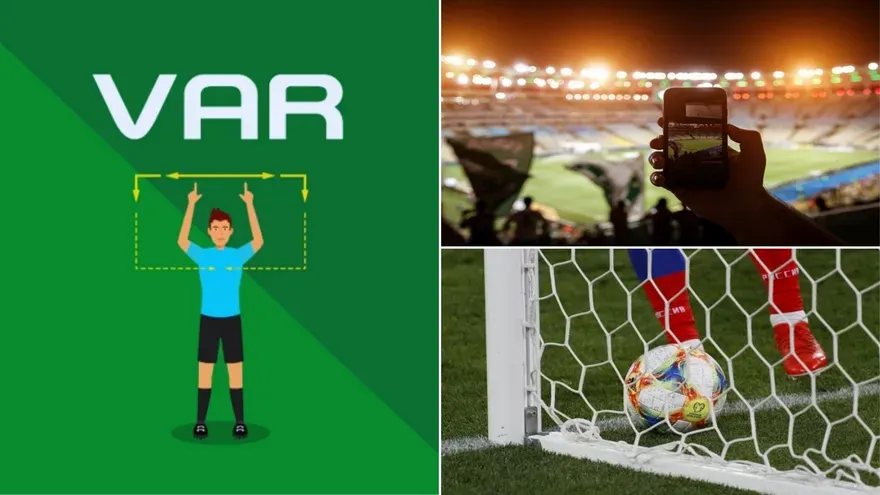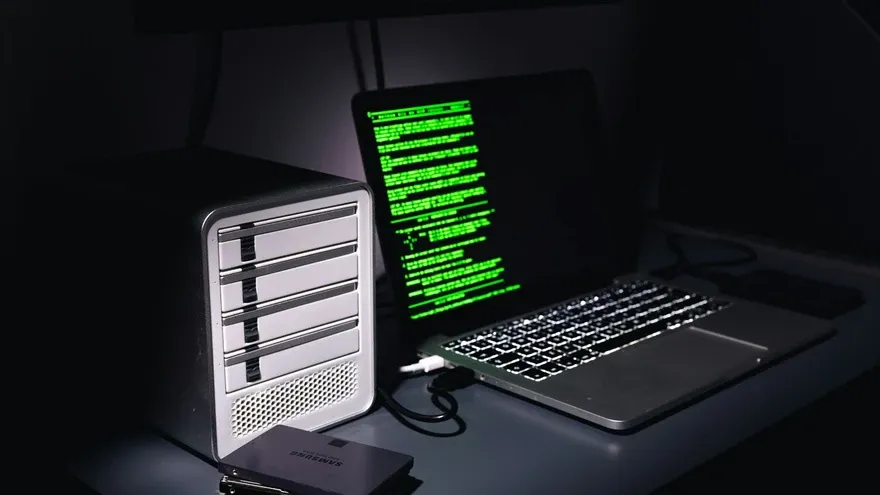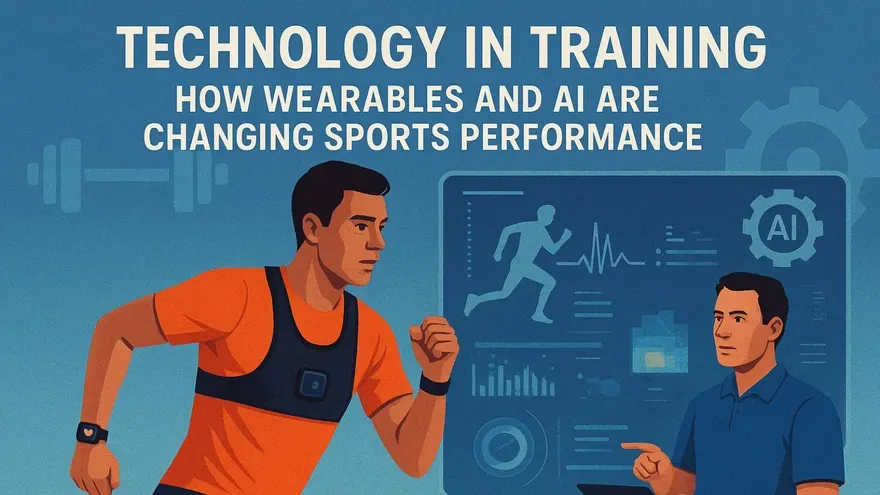The Future of Energy: Decentralized Microgrids
The energy sector stands at a crossroads of transformation. Traditional centralized power generation systems are giving way to distributed networks of microgrids, creating opportunities for both energy resilience and market participation. This shift mirrors changes seen in other industries where centralized control has fragmented into user-driven systems, much like how platforms offering 1xbet registration have transformed betting markets through direct user participation.
As the sports industry evolves in an increasingly eco-conscious world, a quiet revolution is reshaping how stadiums, training centers, and entire communities manage energy: renewable energy microgrids. Microgrids represent a fundamental rethinking of energy distribution. Unlike conventional systems dependent on massive power plants and extensive transmission networks, these localized systems generate, store, and distribute power within defined boundaries. What makes them revolutionary is their ability to operate independently or connect with the main grid as needed. This article explores the architecture, economics, and market potential of renewable energy microgrids—and why they matter more than ever to the future of sustainable sports infrastructure.
Technical Architecture and Implementation Challenges
The technical foundations of microgrids combine several advanced technologies working in harmony. Solar arrays, wind turbines, and battery systems form the core infrastructure, but the real innovation lies in the control systems. Advanced microgrid control systems show how AI-driven management systems optimize energy flow based on consumption patterns, weather forecasts, and grid conditions.
Key components and challenges in microgrid implementation include:
Power generation units (solar panels, wind turbines, biogas generators)
Energy storage systems (lithium-ion batteries, flow batteries, hydrogen)
Smart control systems with predictive capability
Grid connection and disconnection mechanisms
Cybersecurity protections against remote attacks
Regulatory compliance across varying jurisdictions
Community engagement and participation structures
Implementing these systems isn't without challenges. Current data indicates that initial installation costs remain 15-30% higher than traditional grid connections, though this gap narrows yearly. The engineering complexity requires specialized knowledge, with most successful implementations involving coordination between electrical engineers, software developers, and energy policy experts.
Economic and Environmental Impact Assessment
The economic case for microgrids strengthens annually as renewable component costs decrease. Analysis from renewable energy economic studies demonstrate that well-designed systems achieve positive returns within 7-10 years, with rural and island communities seeing the fastest payback periods.
Beyond financial metrics, microgrids deliver substantial environmental benefits. A typical community-scale system reduces carbon emissions by 50-80% compared to fossil fuel alternatives. This reduction comes not just from renewable generation but from decreased transmission losses, which account for approximately 8-15% of energy waste in conventional systems.
New Market Mechanisms and Participation Models
The decentralization of energy production has sparked innovative market structures. Peer-to-peer energy trading platforms allow microgrid participants to buy and sell excess capacity, creating localized energy markets. These systems function through automated exchanges where price discovery happens dynamically based on real-time supply and demand.
The parallels with newer financial markets are striking. Just as trading platforms revolutionized investment access, these energy markets create direct participation opportunities. Trading algorithms now evaluate weather patterns, consumption trends, and generation capacity to predict price movements, allowing participants to optimize their energy usage or production.
Interest in these markets extends beyond traditional energy companies. Investment firms now track generation metrics across different renewable technologies, analyzing efficiency trends and technological improvements. This data-driven approach helps identify emerging leaders in the renewable space, guiding investment decisions with measurable performance metrics.
I've observed that communities with microgrids develop stronger energy awareness and consumption patterns change meaningfully. Research from the National Renewable Energy Laboratory confirms this observation, showing that participants in microgrid systems reduce consumption by an average of 12% through better visibility into energy production and usage.
The future of energy likely includes millions of interconnected microgrids forming a resilient, adaptive network. This transition represents not just a technological shift but a fundamental change in how we conceptualize energy—from a commodity delivered by utilities to a resource we actively manage and trade. The economic models underlying this system will continue evolving, creating new opportunities for participation in what may become one of the most dynamic markets of the coming decades.















